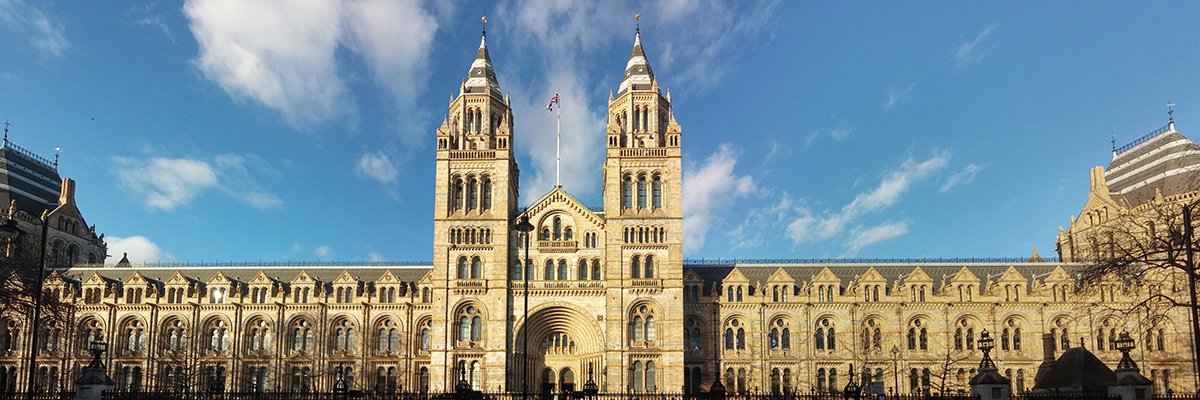
"As visitors enter the grounds via the London Underground tunnels, which also link the NHM to the other museums and local attractions dotted along Exhibition Road, they now do so along a rock-lined walkway, populated with ferns, cycads, and dinosaur models, as part of a walkthrough of the Earth's evolutionary story."
"The space is teeming with flora and fauna, which provides a "living laboratory" for the museum's 400 scientists, who are tracking the biodiversity of the space with the help of a network of sensors that are dotted around the place. "The ambition with the museum garden sensors is the creation of this 'always-on' outdoor laboratory for collecting and ingesting urban environmental data," NHM technology product manager Rachel Wiles tells Computer Weekly."
"The sensors will capture environmental data through tracking the temperature and humidity of the garden's soil and waterways, for example, and record extremely detailed acoustic data. "You might hear bird song in the garden prominently, but the sensors are in tune enough to hear the flapping of an insect wing and pieces like that," adds Wiles."
The Natural History Museum grounds have been transformed into immersive, nature-focused spaces, including a rock-lined walkway featuring ferns, cycads and dinosaur models that links to Exhibition Road via the London Underground tunnels. The Nature Discovery Garden opened in summer 2024 and hosts abundant flora and fauna. The garden serves as a living laboratory for 400 museum scientists who monitor biodiversity using a distributed network of sensors. The museum has amassed around 58,000 visual observations and is adding continuous environmental measurements of soil temperature, humidity, waterways and high-resolution acoustic data. The combined dataset will form a research platform accessible to scientists.
Read at ComputerWeekly.com
Unable to calculate read time
Collection
[
|
...
]